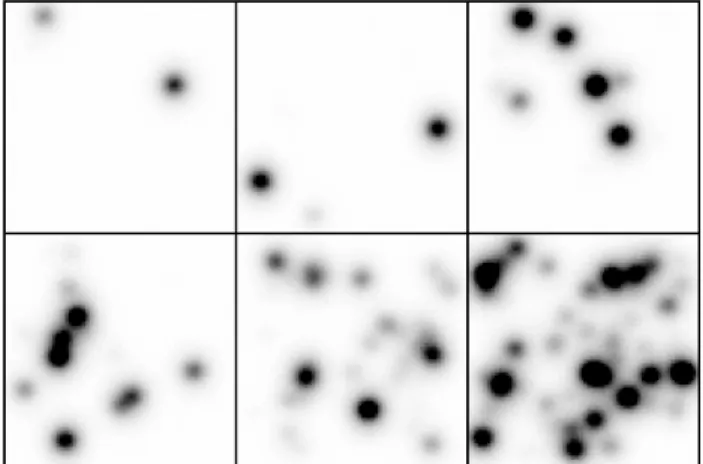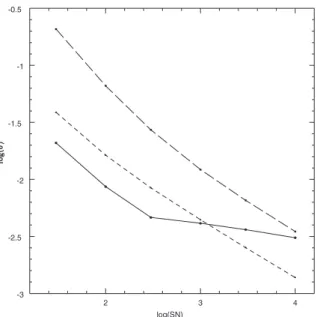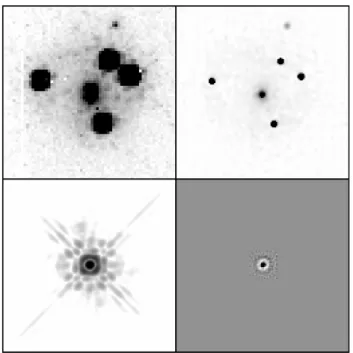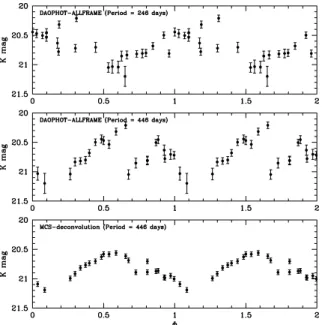A deconvolution-based algorithm for crowded field photometry with unknown point spread function
Texte intégral
Figure




Documents relatifs
We propose SimBA, an open benchmarking solution that can be used to generate simulated data-sets with high configurability as well as a means to evaluate the perfor- mances of
The earliest occurrence and re- markable stasis of the family Bostrichidae (Coleoptera: Polyphaga) in Cretaceous Charentes
Access and use of this website and the material on it are subject to the Terms and Conditions set forth at Acoustical investigation of ceiling performance in an open office..
Pour communiquer directement avec un auteur, consultez la première page de la revue dans laquelle son article a été publié afin de trouver ses coordonnées.. Si vous n’arrivez pas
If the skipped vertex lies on the negative x-axis then the auxiliary line will not be considered for intersec- tion, since none of the original edges could have inter- sected
Indeed standard deconvolution procedures based on a Fourier approach should attain usual nonparametric rates of convergence for L 2 loss functions (see also Section 3.2).. However,
Estimation error on PSF model parameters ob- tained with PRIME on off-axis stars with respect to σ µ using different regularization strategies: (Top:) Bounds regularization
